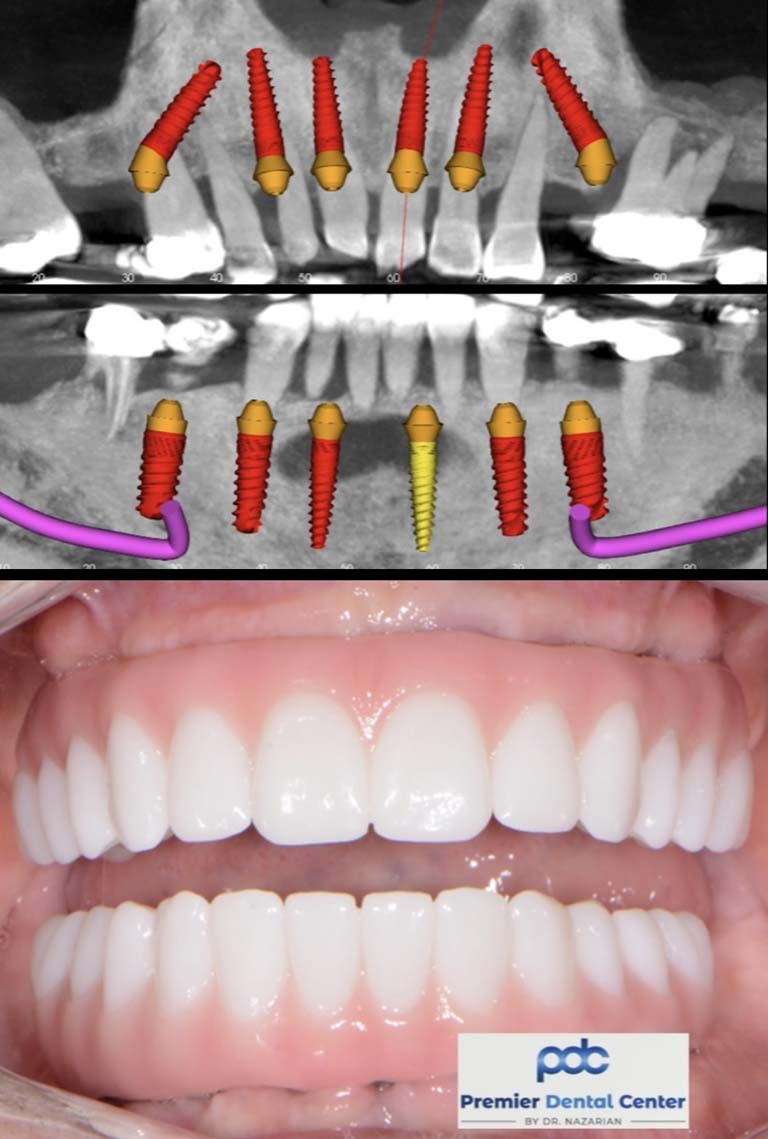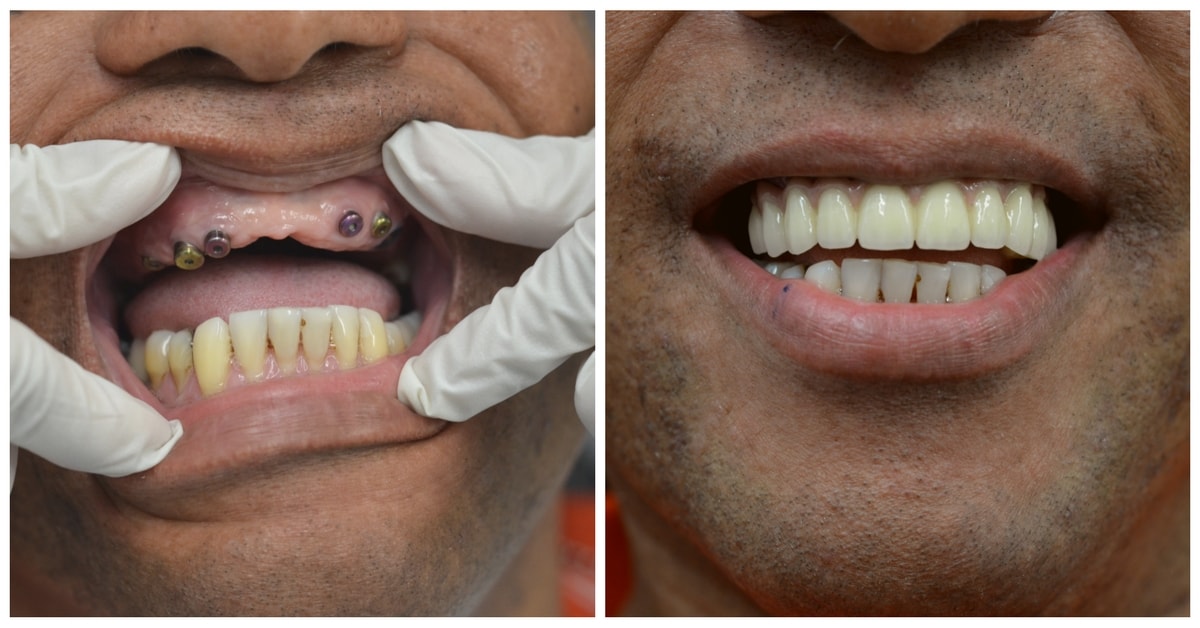Dental Sense for Dummies
Dental Sense for Dummies
Blog Article
The 3-Minute Rule for Dental Sense
Table of ContentsThe Buzz on Dental SenseThe Basic Principles Of Dental Sense Indicators on Dental Sense You Should KnowDental Sense Fundamentals Explained
are clinical devices surgically implanted right into the jaw to bring back a person's ability to eat or their look. They give support for synthetic (phony) teeth, such as crowns, bridges, or dentures. When a tooth is lost as a result of injury or disease, an individual can experience issues such as rapid bone loss, defective speech, or modifications to eating patterns that result in pain.Dental implant systems include a dental implant body and dental implant abutment and might likewise include an abutment fixation screw. Front tooth filling. The oral implant body is operatively inserted in the jawbone instead of the tooth's origin. The oral implant abutment is generally affixed to the dental implant body by the joint fixation screw and expands via periodontals right into the mouth to support the connected fabricated teeth
(https://www.huntingnet.com/forum/members/dentalsense1.html)Framework of The Oral Implant System choosing oral implants, speak to your oral service provider about the potential benefits and threats, and whether you are a prospect for the treatment. Things to think about: Your general wellness is an essential element in determining whether you are an excellent candidate for dental implants, how much time it will take to heal, and how much time the dental implant might stay in location.
Smoking might influence the healing procedure and reduce the lasting success of the dental implant. The recovery procedure for the dental implant body might take a number of months or longer, during which time you normally have a short-lived joint in place of the tooth. the oral implant treatment: Carefully follow the oral hygiene directions offered to you by your oral service provider.
The Buzz on Dental Sense
Implant failure can cause the need for an additional procedure to fix or change the implant system. Brings back the capacity to chew Restores aesthetic appearance Assists maintain the jawbone from reducing due to bone loss Protects the health of the surrounding bone and gums Helps keep adjacent (nearby) teeth stable Boosts lifestyle Damage to surrounding natural teeth during implant positioning Injury to the surrounding tissues throughout surgery, such as sinus opening Injury during surgical procedure (for instance, crack of bordering jawbone) Inadequate function, such as seeming like the teeth do not attack with each other usually A feeling that the tooth is loosened or turning in area arising from an abutment screw loosening Implant body failure (looseness of the implant body) as a result of systemic infection, which might be more probable in individuals with uncontrolled diabetics issues due to regional infection in bone and gum tissues sustaining the implant body as a result of delayed healing, which may be more probable in clients who smoke Problem cleansing the gums around the implant, leading to inadequate oral health Neglected periodontal illness Post-surgical pins and needles as a result of nerve impingement or damages Constantly alert health care providers and imaging technicians that you have oral implants prior to any kind of magnetic vibration imaging (MRI) or x-ray procedures.
FDA is not familiar with any kind of negative events reported for MRI or x-ray procedures with oral implants. Dental implants systems are typically constructed from products that adhere to international consensus standards of the International Company for Standardization (ISO) or ASTM International. These criteria have details of what makes a risk-free material.

A dental implant is a framework that replaces a missing out on tooth. With screw-like tools, the specialist inserts a dental implant into the jawbone, and it functions as an anchor for an artificial tooth, called a crown. A gadget called an abutment attaches the artificial tooth to the dental implant. The crown is tailor-made to fit the person's mouth and match the shade of their teeth.
An Unbiased View of Dental Sense
Some individuals are not qualified for dental implant surgical procedure. It is for oral specialists to run on people with: severe illnessuncontrollable metabolic diseasebone or soft cells disease or infectionIf these problems are fixed, a person can have the surgical treatment. In, oral cosmetic surgeons refrain from operating individuals with: If individuals with any of the above undertake oral implant surgical procedure, there is a higher danger of the dental implant stopping working.

Dental dental implant surgical treatment is a tailored process. Offer you time to recover. Attach the article and final crown, bridge or denture.
Next off, your specialist will meticulously position the oral implant right into your jaw. Lastly, your cosmetic surgeon will certainly rearrange your gums and close the laceration with stitches. If your implant is near Read Full Report the front of your mouth, your dentist will make a short-lived tooth for you to put on till you recover. In this way, you will not have a space in your smile while you recover.
How Dental Sense can Save You Time, Stress, and Money.
Your provider can tell you what to expect in your situation. During the healing phase, your jawbone ought to fuse to the oral implant. This process, called osseointegration, is crucial for stability and lasting success. This procedure can take anywhere from 3 to nine months. In some instances, it might take longer.
When your dental implant heals, your dentist can attach the abutment (small port message) and your final repair (crown, bridge or denture). This usually takes about one hour to finish and may need a 2nd small surgical procedure. You should not really feel any kind of discomfort throughout your oral implant procedure because your provider will utilize medication to numb your periodontals.
Report this page